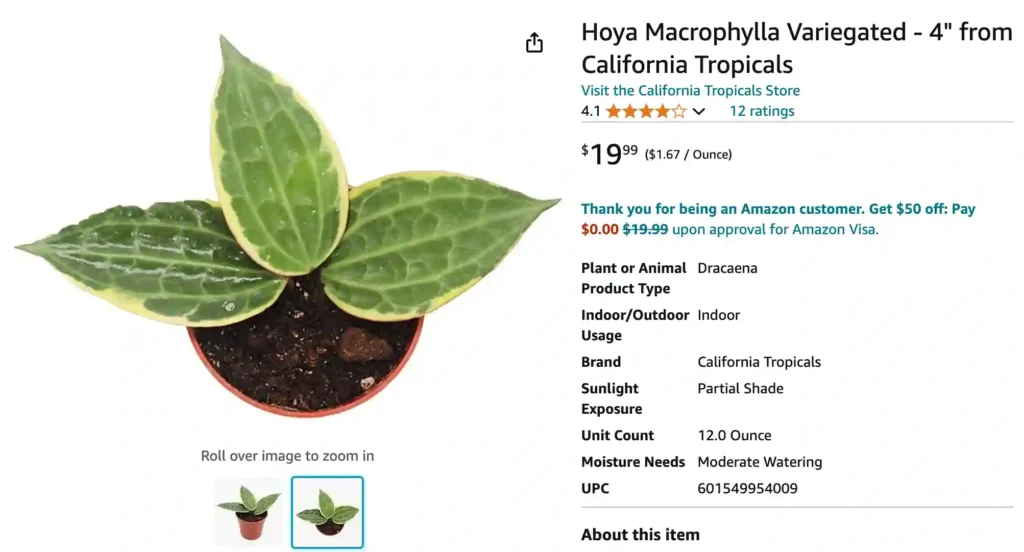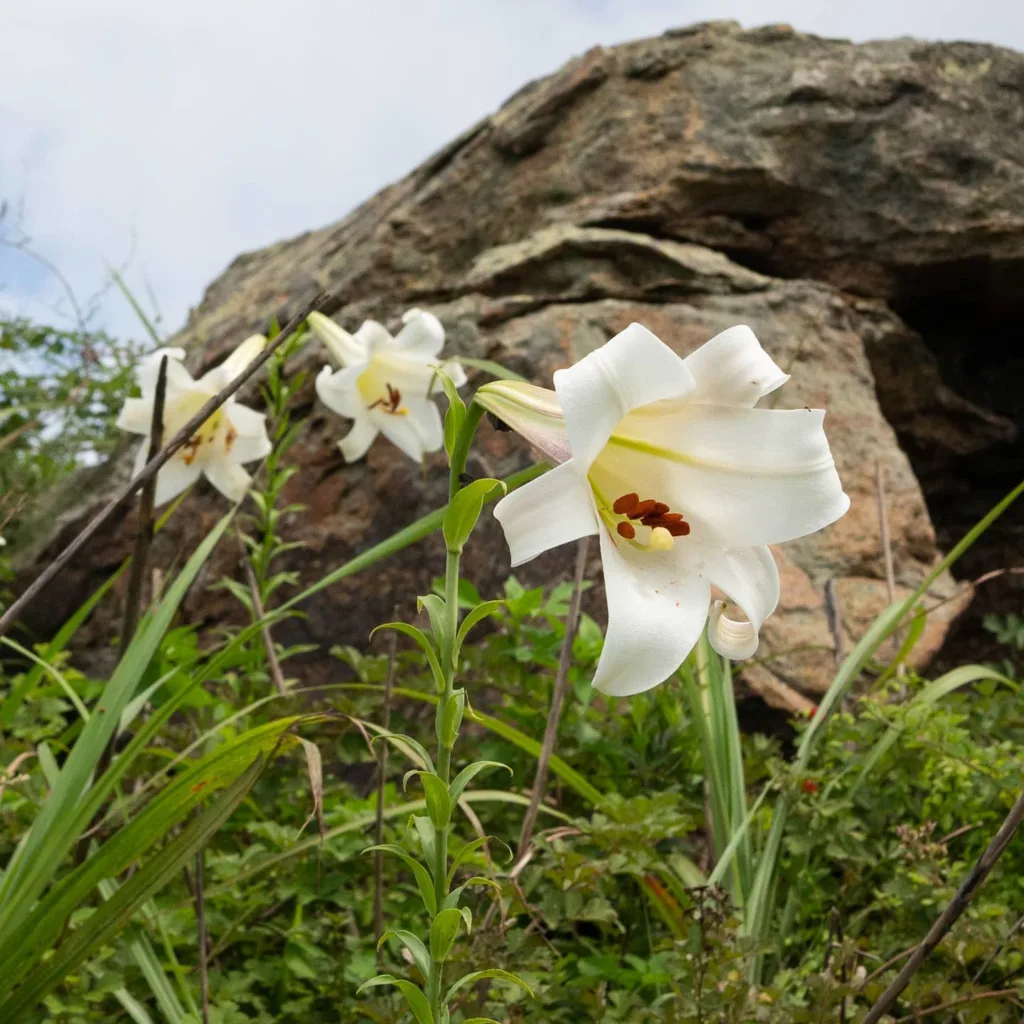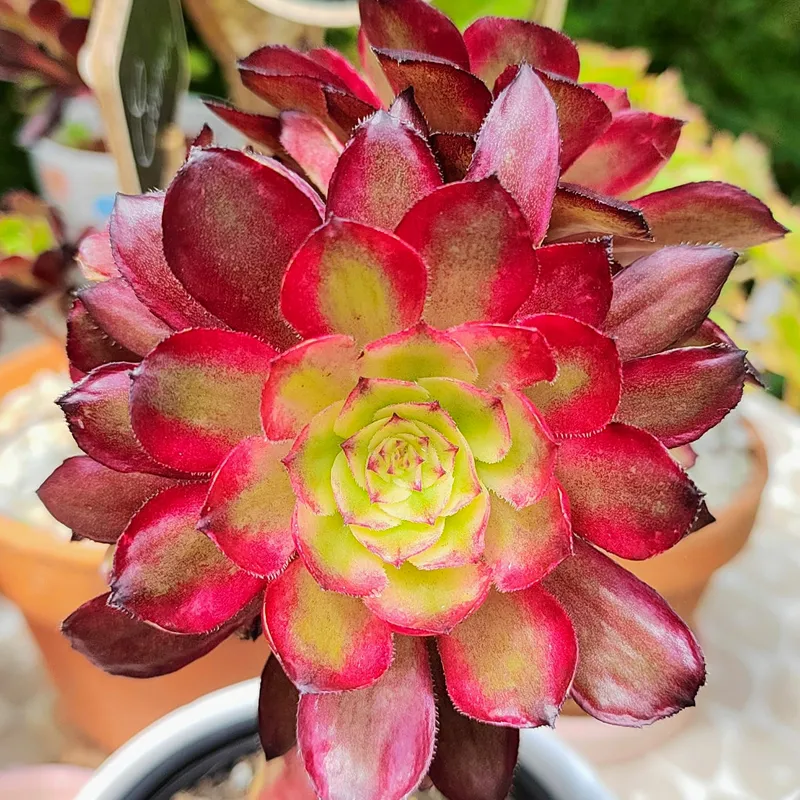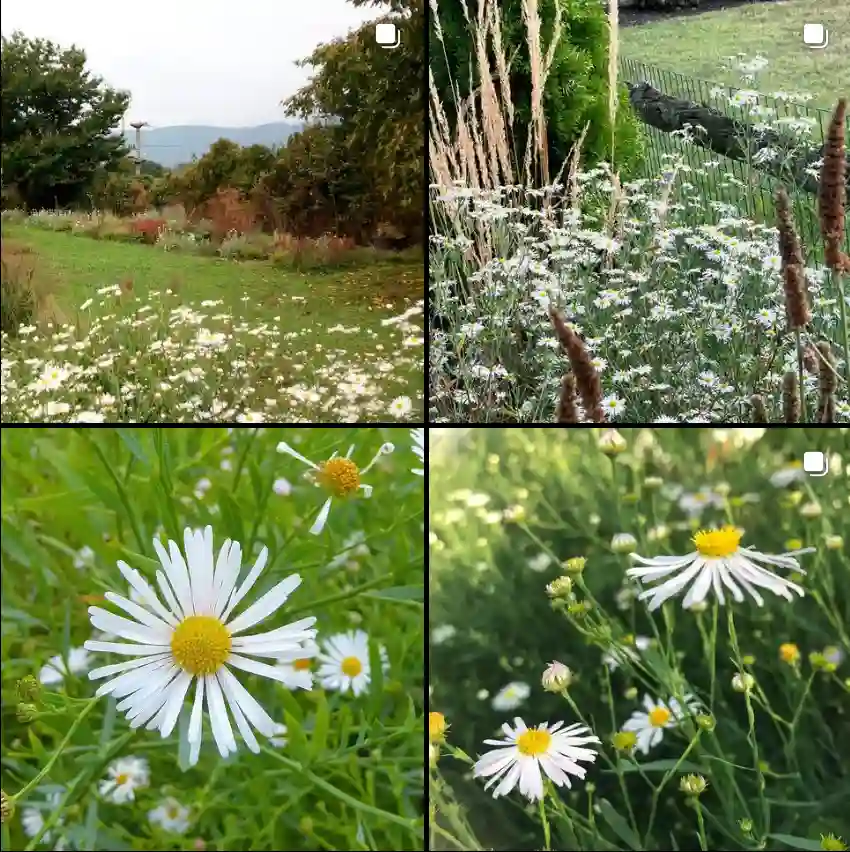
Hoya Callistophylla: Unveiling the Beauty of the Veined Emerald
The Hoya callistophylla, also known as the Calliphilo Hoyas, is a captivating plant prized for its stunning foliage. Unlike many Hoyas known for their fragrant blooms, the Callistophylla shines with its unique, patterned leaves. As a collector myself, I’ve been obsessed with this plant, and I’m here to answer all your burning questions about this botanical wonder.
566 Species in Genus Hoya
What is Hoya Callistophylla?
The Hoya callistophylla is a climbing vine belonging to the Apocynaceae family. It’s native to the tropical rainforests of the Philippines, where it thrives as an epiphyte, clinging to trees for support. This translates beautifully to indoor cultivation, making it a great choice for hanging planters or moss poles.
The true star of the show is the Callistophylla’s foliage. The leaves are lanceolate, meaning they’re elongated and pointed at the tip. Their color is a mesmerizing light green, accented by a network of dark green veins that weave a captivating pattern across the surface. The edges can be slightly wavy, adding to the plant’s textural intrigue.
While the flowers are less frequent visitors, they shouldn’t be overlooked. Borne in clusters of 20-40, they’re small, star-shaped, and range from pale yellow to brownish gold with orange or red edges. They also emit a pleasant fragrance, a delightful bonus when they decide to bloom.
How to Care for Hoya Callistophylla?
The good news is that the Hoya callistophylla is a relatively low-maintenance plant, perfect for busy plant parents like myself. Here’s what you need to know to keep your Callistophylla thriving:
- Light: This Hoya prefers bright, indirect light. Think dappled sunlight filtering through leaves in its natural habitat. Avoid harsh afternoon sun, which can scorch the leaves. North-facing windows are ideal.
- Water: Remember, Hoyas are epiphytes, meaning they’re accustomed to clinging to trees and absorbing moisture from the air. Overwatering is a surefire way to kill your Callistophylla. Water thoroughly when the top inch of soil feels dry to the touch, and then allow it to dry out completely before watering again.
- Soil: A well-draining potting mix is crucial. Opt for a mixture specifically designed for orchids or cacti, or create your own by combining potting soil with perlite or orchid bark for optimal drainage.
- Humidity: While Hoyas can tolerate average household humidity, they’ll truly flourish in a more humid environment. A pebble tray filled with water placed under the pot can help increase humidity around the plant.
- Fertilizer: During the growing season (spring and summer), a monthly dose of diluted liquid fertilizer formulated for houseplants is beneficial. Hold off on fertilizing during the winter months when growth slows.
How to Propagate Hoya Callistophylla?
Sharing the beauty of your Hoya callistophylla is easy! Propagation is a breeze with this plant. Here are two common methods:
- Stem Cuttings: Select a healthy stem with at least two nodes (the bumps where leaves emerge). Cut below a node with a sharp, sterile knife. Remove the lower leaves, leaving a couple of nodes exposed. Dip the cut end in rooting hormone (optional) and plant it in a pot filled with a well-draining potting mix. Keep the soil moist but not soggy, and place the pot in a warm location with bright, indirect light. Roots should develop within a few weeks.
- Leaf Cuttings: This method takes a little longer but can be successful. Select a healthy leaf and cut it off near the stem, making sure to include a small portion of the petiole (leaf stalk). Plant the petiole end in a pot with a well-draining potting mix. Again, maintain consistent moisture and provide bright, indirect light. Patience is key – it can take several months for new growth to appear.
What to Plant with Hoya Callistophylla?
The cascading beauty of the Hoya callistophylla makes it a stunning addition to hanging baskets or placed on a high shelf where its vines can gracefully trail down. But if you’re looking for companion plants, consider fellow epiphytes like ferns or orchids. Their similar watering needs and preference for humidity create a harmonious pairing. Succulents with similar light requirements can also be charming neighbors in a container garden.
Hoya Callistophylla Short Leaf vs Long Leaf
I snagged a Hoya Callistophylla with these adorable, rounder leaves a while back. They’re so plump and feel really substantial in my hand. It puts out new growth pretty consistently, and while I haven’t had it bloom yet, I hear the short leaves can be prolific flowerers. It seems pretty happy with my usual watering routine for Hoyas – letting the pot dry out almost completely between waterings.
On the other hand, my friend has a Long Leaf Callistophylla and those leaves are something else! They’re these long, elegant things that cascade down her pot. It’s definitely a showier plant, but she seems to have to water it a little more often than mine. The longer leaves seem to lose moisture faster. I’m not sure if they bloom any differently, but hers puts on quite a flower show too.
Hoya Callistophylla vs Finlaysonii
Hoya Callistophylla’s leaf veins display a more pinnate pattern, differing from the undulate veins of Hoya Finlaysonii, with the latter’s veins being more pronounced; furthermore, in Hoya Finlaysonii, the veining along the margins is distinctly visible, forming rectangular shapes when contrasted with Hoya Callistophylla.
Hoya Callistophylla vs Kalimantan
Distinguishing between Hoya Callistophylla and Hoya Kalimantan relies on the flowers, as Callistophylla’s blooms feature prominent red edges, whereas the similarity of these plants makes differentiation challenging without the presence of flowers.
Hoya Callistophylla vs Gunung Gading
The distinction between Hoya Callistophylla and Hoya Gunung Gading lies in their names only; they are, in fact, the same plant, with “Gunung Gading” referring to the location in Malaysia where this particular Hoya variety was first found.
By following these simple tips, you can cultivate a thriving Hoya callistophylla that will grace your home with its captivating foliage for years to come. So, if you’re looking for a unique and relatively low-maintenance plant to add to your collection, the Hoya callistophylla is definitely worth considering.
If i die, water my plants!



